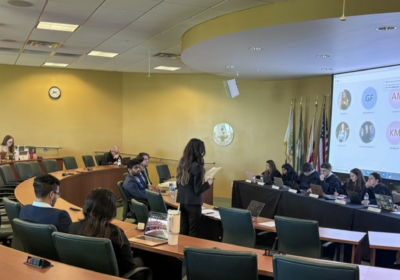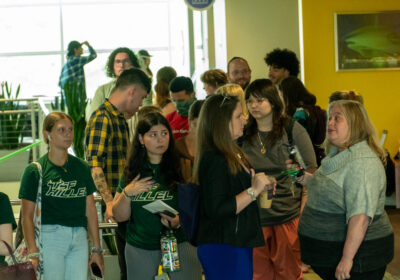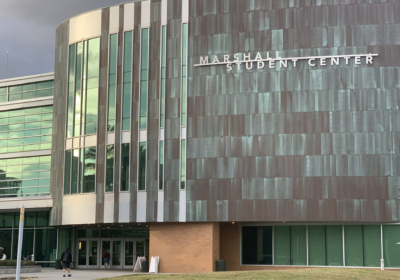PR partnership offers publishing opportunities
Public relations students are expected to have bylines, or published work with their names attached, by the time they get out of school and interview with employers.
Now, students can have their work published right from the classroom due to a partnership between the School of Mass Communications and PR NewsChannel U (PRNC U), a local multimedia agency.
PR students will have the opportunity to draft press releases in the classroom that they can then post to PRNC U. Their releases will then be dispersed through social media and search engines.
“The program will allow the PR students to see exactly how a press release works in the real world,” Tyler Ragghianti, project manager at PRNC U’s parent company Selig Multimedia, said. “The releases they will write in the classroom will be put on PR NewsChannel’s website and we’ll distribute it just like any other release from our clients.”
Ragghianti said PRNC U will provide students with feedback reports that will tell them how well their release was dispersed through the Internet and the media.
“They get to see not only how a press release is passed through the Internet, but also how effective their writing can be when they use relevant topics or keywords,” he said. “If it gets picked up by a local news station or any kind of media, then they’ll also get to learn about that whole process as well.”
Selig Multimedia will also be sending representatives to the classroom to speak with students about marketing, public relations and professional media.
The School of Mass Communications began partnering with Selig Multimedia to pilot the PRNC U program in spring of 2012.
Based off of the pilot program’s results, Selig Multimedia launched the full program this semester, allowing USF to be the first university to use it.
Kelli Burns, associate director for the School of Mass Communications, is using the program in her Writing for Public Relations course. Burns said it has prepared her students to be comfortable in using news channels and news wires that they will need to use when they graduate.
“The reality of what our PR students are facing after college is that they are going to have to work in digital media,” she said. “They are going to have to know how to transmit their messages through the Internet and social media sites and this arrangement gives them a firsthand look at how they can spread their content.”
She said her students will begin using PRNC U in their Tuesday class where they will be preparing “list releases” that Burns said is a popular format for social media.
Right now the program is only being used in the public relations writing section taught by Burns, but in future semesters Burns said there are plans to extend the use of PRNC U to all the sections.
Ragghianti said there are also plans to extend PRNC U to other universities around the U.S.
“Our goal is to help as many PR students as possible, so we have reached out to other schools who will hopefully be picking up the program soon,” he said.






